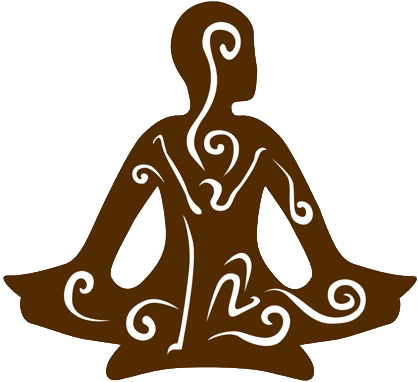Disc Issues
The spine comprises 33 vertebrae and 23 discs. The discs act as spacers between the vertebrae allowing nerves from the spinal cord to pass through. The discs are also pliable and allow movement to happen.
Discs have two parts: a firm outer ring called the annulus fibrosis, and a gel-like center called the nucleus pulposus.
Discs can have injuries such as thinning bulging and tearing. Symptoms can vary from not feeling a thing to extreme pain and loss of function, and anywhere in between. Disc issues, depending on the degree, can be very serious.
Disc Degeneration is where the disc thins and loses space. This contributes to nerve compression between the vertebrae and can be painful.
Disc Protrusion, or “Bulge”, is where the outer band, annulus fibrosis, thins and the inner gel-like substance, nucleus pulposis, pushes outward. The nucleus is still contained, however, the bulge can press onto nerve roots creating pain, tingling, or numbness that refers down one side of the body (back, hip, leg, or foot).
Disc Herniation is where the nucleus pulposis breaks through the annulus fibrosis and spills out onto the nerve root. This is typically experienced with pain that refers down one side of the body (back, hip, leg, or foot).
Disc Rupture is similar to the Herniation however the nucleus pulposis spills centrally into the spinal cord canal and presses directly onto the spinal cord. This is very serious and is typically very painful. People can lose movement temporary or permanently and typically require surgery to repair it.
Specific manual therapy techniques can support a return to health following Disc Protrusion and Herniation.
